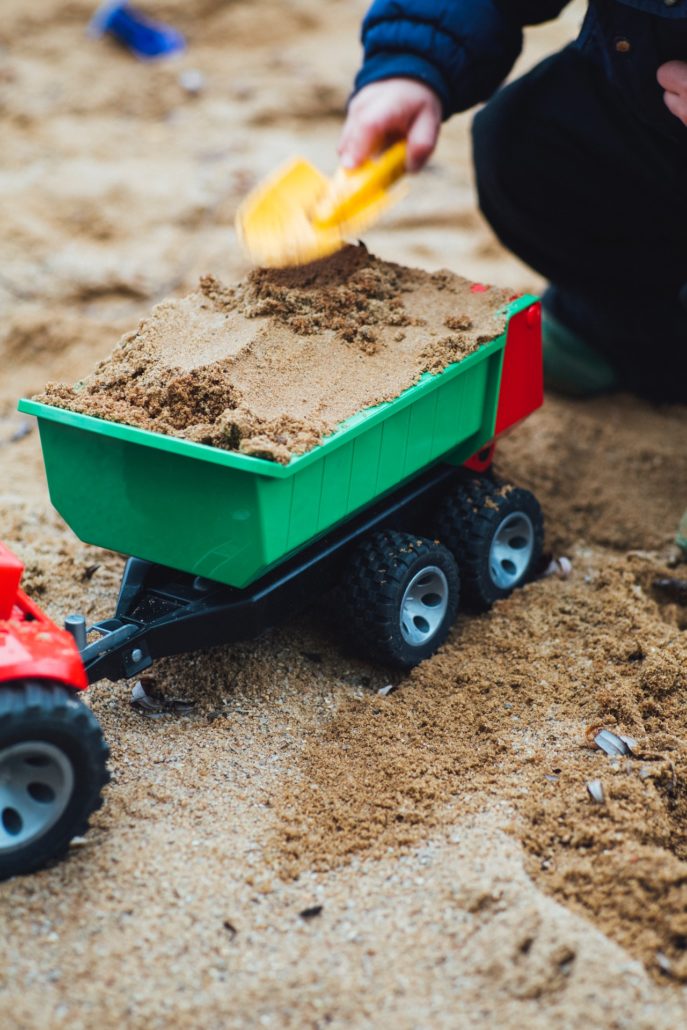

The end of year is approaching (phew!). You may already know which class/ school you will be teaching in. Nadine Finlay has some handy hints on how to make transition as easy and stress-free as possible for pupils and teachers.

This has always been an area of interest to me as I am concerned about the mental wellbeing of the children. They are moving from one teacher, classroom and routine that they know intricately, to a whole new one overnight. In worst case situations children have no handover, they are merely introduced to their new teacher in a whole school assembly, with a quick wave. I cannot bare this. How does that classify as a transition?
It has become a mission of mine to ensure that the children I work with have the opportunity to develop strong links with their next teacher.
Talking is Good!
When I worked as an EYFS lead I would visit each of the three feeder nurseries every week, for the whole year. I used the assembly time slots to nip out to them and worked with the pre-school group, introducing their next phoneme, which the nursery staff would then develop and build upon throughout that week, ready for me to introduce the next one the following week. This allowed me the opportunity to also share teaching methods and ensure there was a consistent baseline of phonics that had been taught prior to the children joining Reception in September. By the time the children joined the Reception class, I knew them and their families incredibly well and this eased their settling in period immensely.
Practice makes perfect
Have a few dry runs. Carrying out weekly events where the children get to spend time with their new teacher really helps them to prepare. I try to run bitesize transitions for the Summer term where the children all move at once, usually for 30 minutes at the end of the day on a Friday. This provides
Make transition fun for everyone!
Running a mini-project enables the children to feel that they are learning something at their new year group level, especially if it contains skills that they wouldn’t necessarily get to learn and explore within their current year group. I always like to have a rich text that we focus on as the basis and then add in some computing, art work and a few pieces of written work. All of which creates a great wall display to have up, ready for the first day back in September.